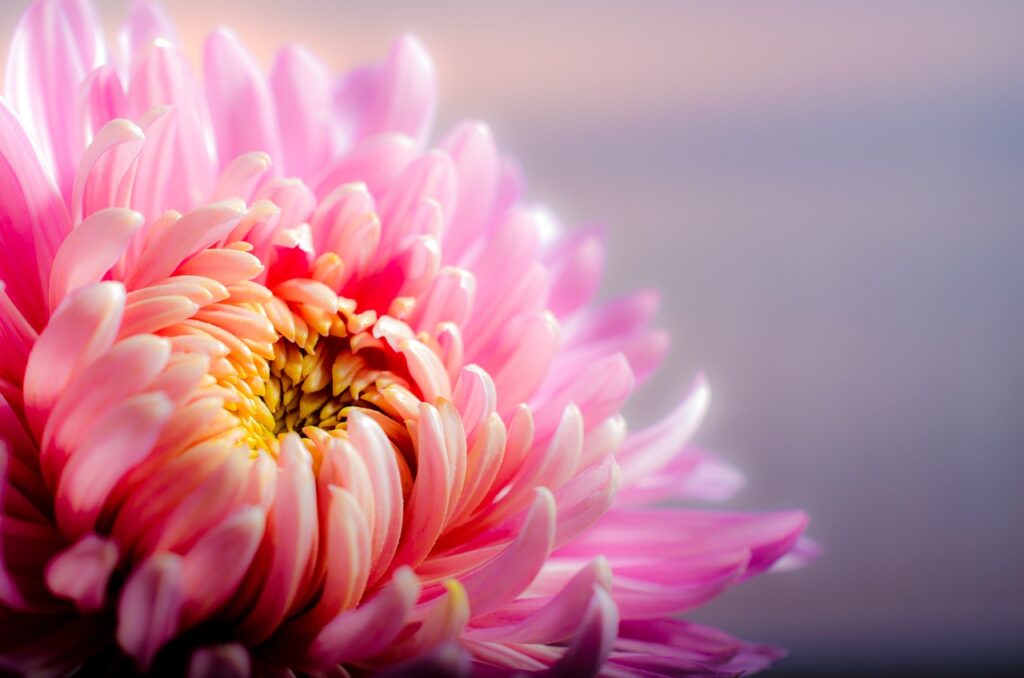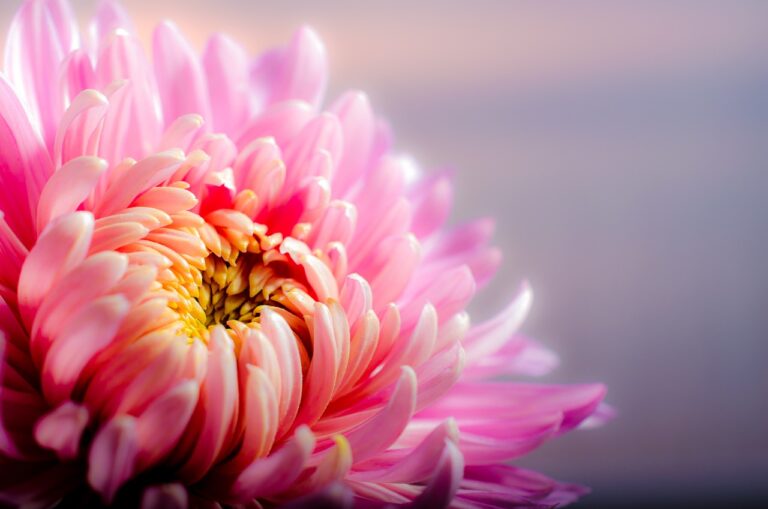When it comes to gardening, flowers are often prized for their beauty and fragrance. However, many flowers also offer a delightful surprise – they are edible! Edible flowers not only add a pop of color and flavor to your garden but also serve as a versatile ingredient in culinary creations. From salads and desserts to beverages and garnishes, edible flowers can elevate dishes with their unique tastes and visual appeal. In this article, we will delve into the world of edible flowers, exploring their cultivation, culinary uses, health benefits, and tips for incorporating them into your garden and kitchen.
Cultivation and Care
Growing edible flowers in your garden is a rewarding and relatively simple endeavor. Many common garden flowers, such as nasturtiums, pansies, and calendula, are edible and easy to cultivate. When planting edible flowers, choose a sunny spot with well-drained soil and adequate airflow. Be sure to follow proper planting and care instructions for each type of flower, including watering, fertilizing, and pest control, to ensure healthy growth and abundant blooms throughout the growing season.
Culinary Uses
Edible flowers offer a wide range of culinary possibilities, from sweet to savory dishes. Popular edible flowers include roses, lavender, violets, and chamomile, each imparting its own unique flavor profile and aroma to dishes. Edible flowers can be used fresh or dried, depending on the recipe and personal preference. They can be incorporated into salads, soups, and stir-fries, used as garnishes for desserts and cocktails, or infused into oils, vinegars, and syrups to add flavor and aroma.
Health Benefits
In addition to their culinary appeal, edible flowers also offer various health benefits. Many edible flowers contain antioxidants, vitamins, and minerals that support overall health and well-being. For example, calendula flowers are known for their anti-inflammatory properties, while lavender flowers are prized for their calming and stress-relieving effects. Edible flowers can also add a nutritious boost to your diet, providing essential nutrients and phytochemicals that promote optimal health.
Harvesting and Storage
Harvesting edible flowers at the peak of freshness is essential to preserving their flavor and nutritional value. When harvesting edible flowers, choose blooms that are fully open and free from blemishes or discoloration. Use clean, sharp scissors to snip the flowers from the plant, taking care not to damage the surrounding foliage. After harvesting, gently rinse the flowers under cold water to remove any dirt or debris, then pat them dry with paper towels. Store fresh edible flowers in the refrigerator in a container lined with damp paper towels to keep them fresh for up to a week.
Creative Uses and Recipes
Get creative with your edible flowers by experimenting with different culinary creations and recipes. Add a touch of elegance to your dishes by garnishing salads with edible flower petals or decorating cakes and pastries with candied flowers. Infuse oils, vinegars, and spirits with edible flowers to create flavorful dressings, marinades, and cocktails. You can also use edible flowers to make homemade teas, syrups, and jams for a delicious and nutritious treat.
In conclusion, edible flowers offer a delightful combination of flavor and beauty that can enhance both your garden and your culinary creations. By growing and incorporating edible flowers into your garden and kitchen, you can add a touch of elegance and creativity to your dishes while reaping the health benefits of these nutritious blooms. Whether you’re enjoying a fresh salad garnished with colorful petals or sipping on a fragrant cup of herbal tea, edible flowers are sure to delight your senses and elevate your dining experience. So why not plant some edible flowers in your garden today and discover the endless possibilities they offer for flavor and beauty?




